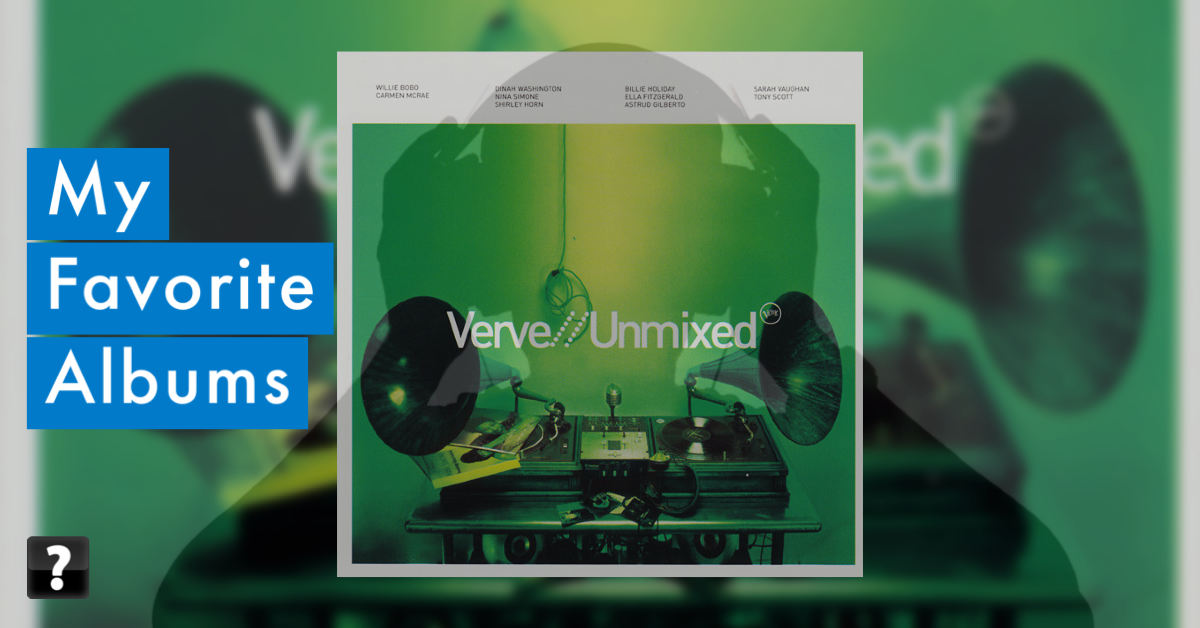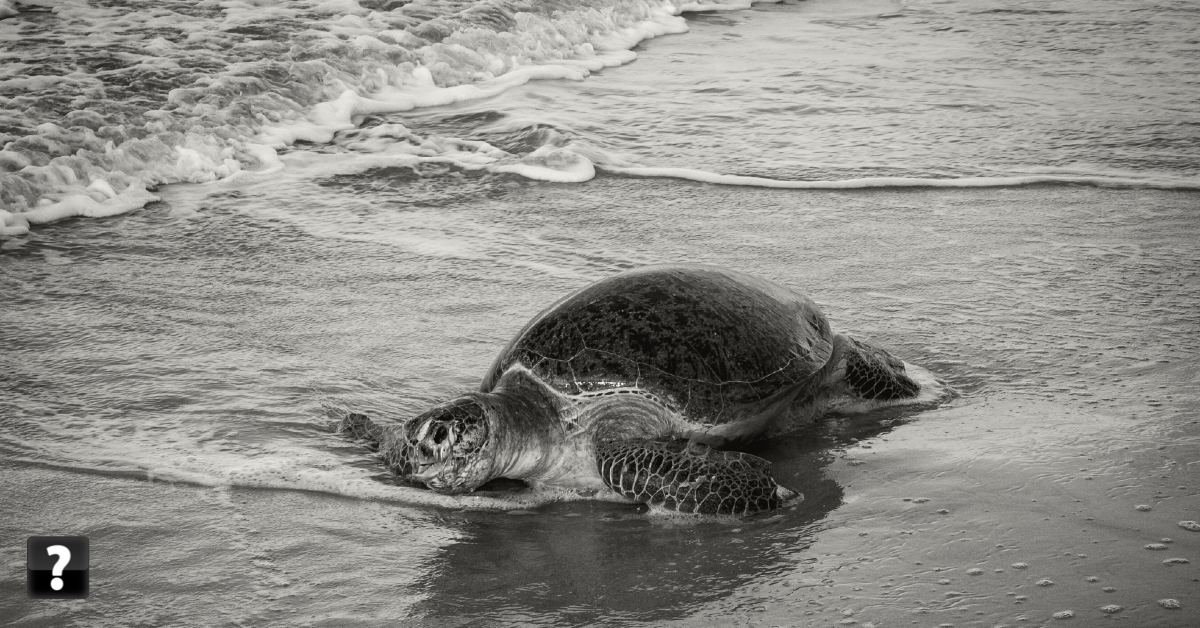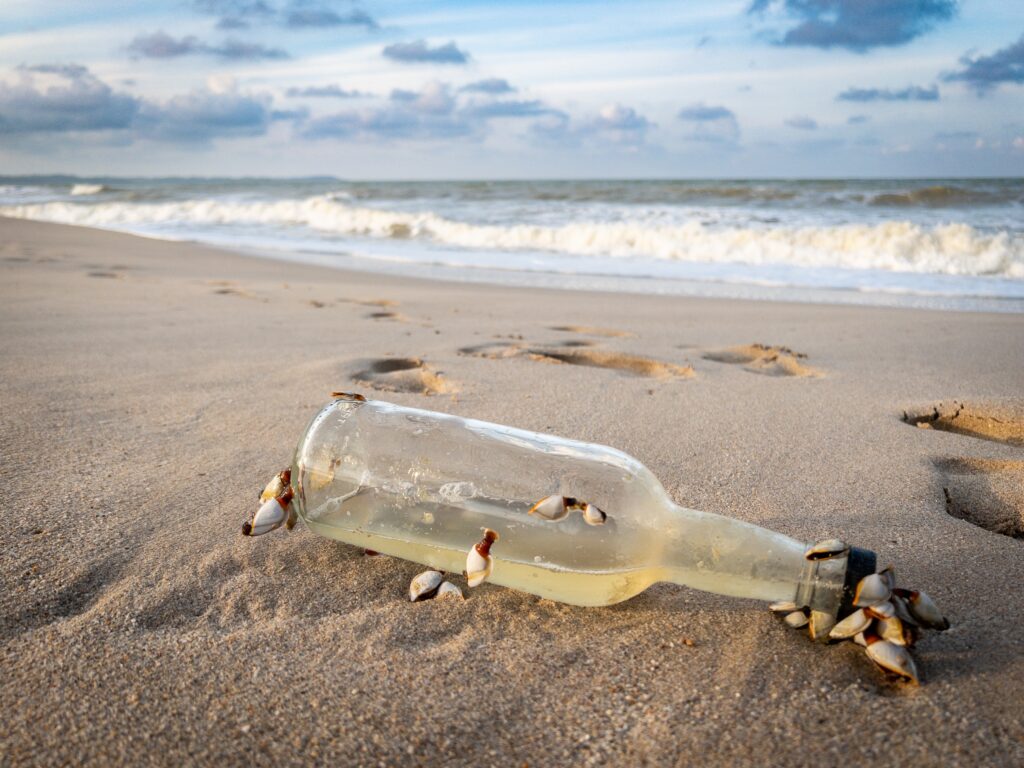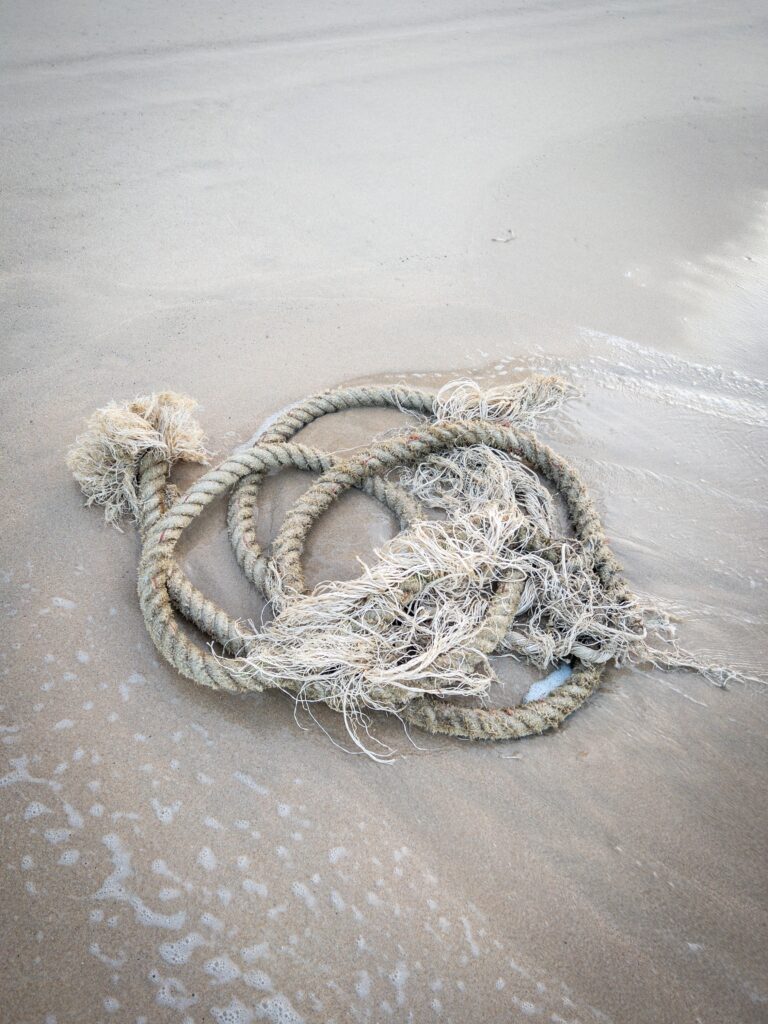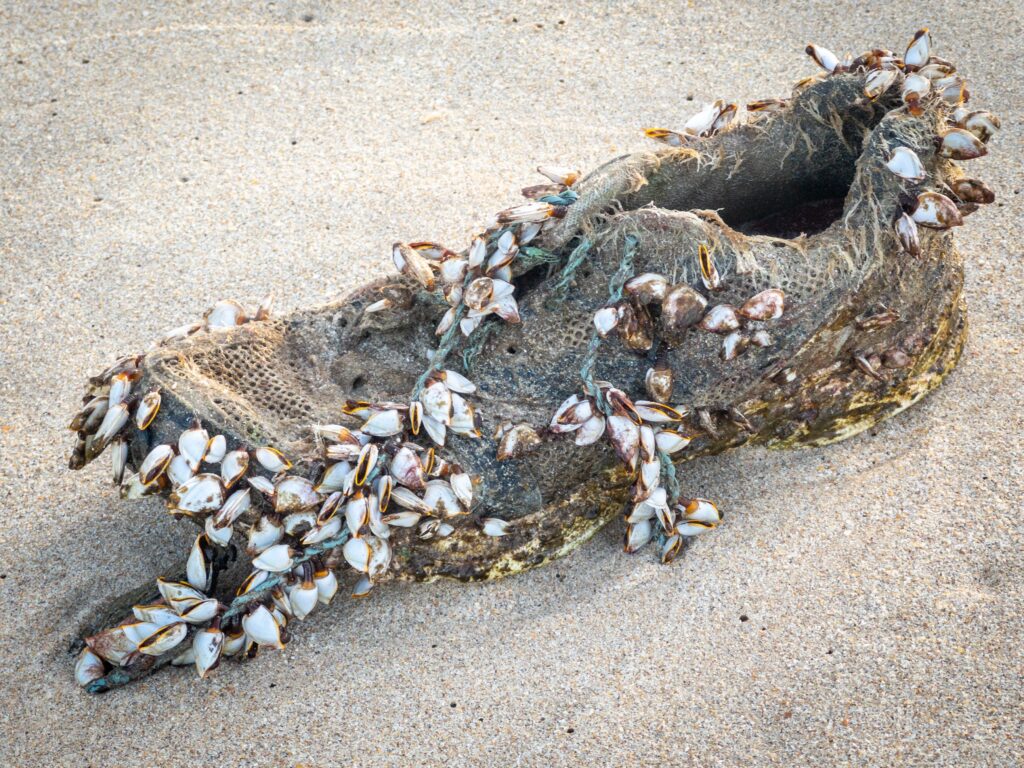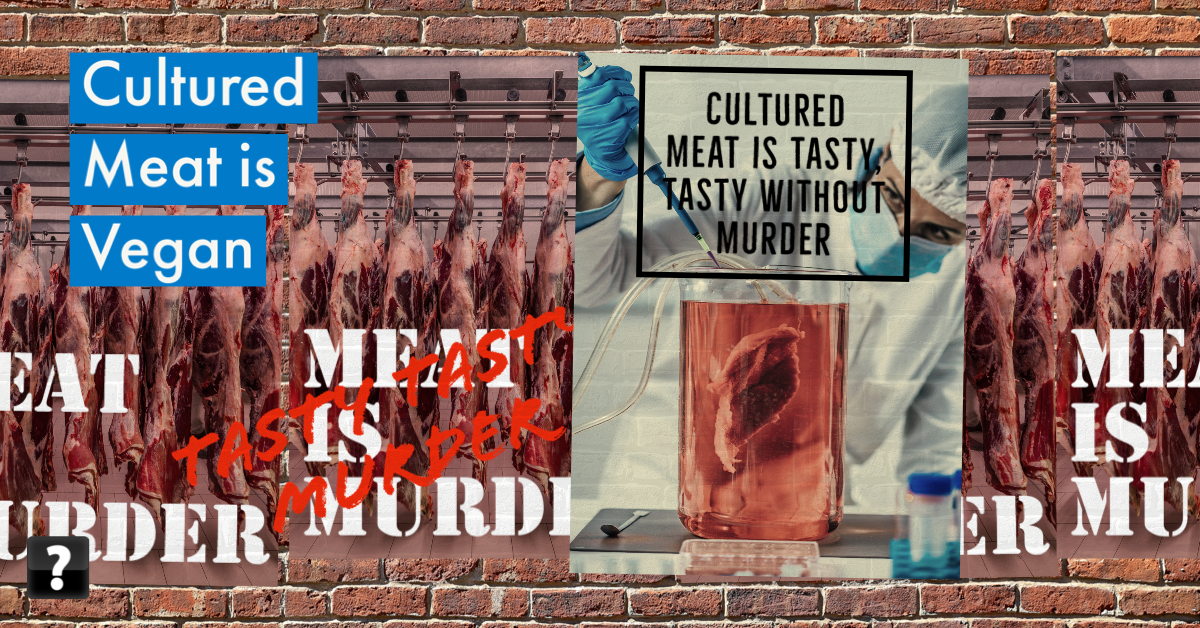I bought the Verve // Unmixed [discogs.com] in late 2002 or early 2003 while living in DuPont Circle in Washington, DC. I got it at the little music store near Kramer books. I bought a lot of Jazz around this time. When I was in Europe I went to a lot of old Jazz bars, including Le Bilboquet in Paris or Ronnie Scott’s in London when I could afford them and in many, many smaller places all over Europe that I never even knew the name of. Little basements in Paris and Prague, upstairs rooms in Florence and Barcelona. I don’t know where I picked up this jazz bug, but I was into it.
When I came back to the US, while I was job hunting I watched Ken Burns Jazz [pbs.org] on TV at my parents house. Jazz is, like, 19 hours long, and almost entirely about jazz from before I was born; Louie Armstrong and Billie Holiday, Ella Fitzgerald and Duke Ellington, John Caltrain and many more. It was a great introduction to the history of jazz and the golden age from 1920s up to the late 1960s.
This is all to say that I was into jazz and, especially older jazz styles at the time I stumbled across the Verve // Unmixed CD. So an album of classic jazz from the Verve [wikipedia.org], who’s back catalog of jazz is second to none sounded like an extrodonarly good idea.
I immediately fell in love with it. Some of the songs a I knew already while some were new to me. It’s an eclectic mix of songs and styles, starting with “Spanish Grease” and ending with “Hari Krishna”. In between it spends time in New York with “See-Line Woman” and Brazil on “Who Needs Forever”.
This mix is, apparently, not for everyone. I read one review in preparing for writing this where the reviewer was saying that the album lacks any sort of coherent theme or vision and that the transitions between songs are jarring. They conclude that the album is less than the sum of it’s parts dispite the amazing songs on it. I could not disagree more. The album is not a meditation on a specific style or concept or artist, it’s a survey of some of the greatest jazz recordings of all time spanning the golden age if jazz.
The most potent song on the album is the penultimate song, Billie Holiday’s take on “Strange Fruit”. It’s just stunning. Holiday’s vocals are filled with pain and the muted horns are crying as she describes the horrific scene of a lynching. When you listen to the lyrics, you think “this song shouldn’t be beautiful”, but it is, it’s so achingly beautiful. If you really listen to the lyrics it’s going to haunt you but the singing and playing is so beautiful that you’ll come back to it again and again.
The great women of jazz are on full display on the album: In addition to “Strange Fruit”, Billie Holiday gets another amazing track, “Don’t Explain”. There are also two tracks from Nina Simone, “See-Line Woman” which I already mentioned and her legendary take on “Feelin’ Good”. Then there is Carmen McRae’s “How Long Has This Been Going On?”, Sara Vaughan’s “Summertime” and Ella Fitzgerald’s “Wait ‘Til You See Him”. Most of the songs on this album are “jazz standards” that have been performed by countless artists over the years but these are the gold standard versions of these standards.
The core of the album, between (excluding the first track, “Spanish Grease” and the last two “Strange Fruit” and “Hari Krishna”) cast a spell on me every time I listen to it. “How Long Has This Been Going On”, “Summertime”, “See-Line Woman”, “Feelin’ Good” and “Don’t Explain” transport me to another time and place. A place I could never have actually been. They transport me to the sweaty jazz clubs of the Harlem Renascence. In my minds eye, I see the grainy black and white photos of 1920’s Harlem that are in Ken Burn’s Jazz, and I imagine the music coming from the basement clubs. At the same time scenes from the Harlem of Ralph Ellison’s Invisible Man [confusion.cc] play out in my mind. Invisible Man, made a huge impression on me, and I read it and re-read it at about the same time, first in London and later in Washington, DC. It’s a novel that reminds me, every time I read it, of the evil of mankind but the resilience of people, the people what made this music.
It’s funny that I also associate these songs, sometimes, with a vision of Paris between the world wars. A vision I got from reading Jean Paul Satre’s The Age of Reason [confusion.cc] (don’t click on that, god that review is shit, on paragraph for a book I loved, note to self: rewrite that shit.) A significant portion of The Age of Reason takes place in a smokey jazz part in Paris. When I visited Paris in the early 2000’s I visited The Club St. Germain one of the original clubs. It was no longer in the basement, having moved upstairs into Le Bilboquet, at bit more of a restaurant. But the original club was one of the premier post-war jazz spots in Paris, in all of Europe. When I sat there I thought about Satre’s characters sitting in the same spots.
In my research for this post, I see that Le Bilboquet closed and has reopened in a different location in the years since. So, the one real place I sat listening to jazz that this album transports me to, is like the Harlem of Invisible man or Ken Burn’s Jazz, a place in memory only. At least the music lives on.
Did I convince you this album is worth listening to? Listen to it on Apple Music:
Or listen on Spotify:

